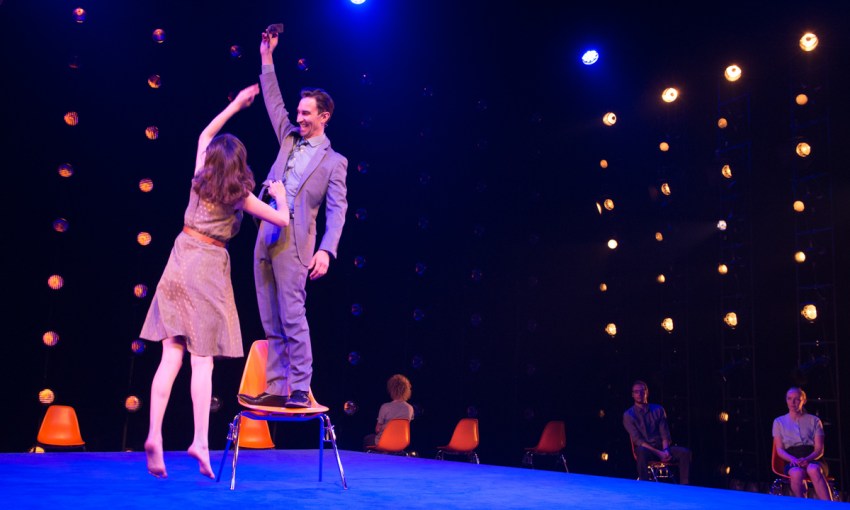How a play that's more than 100 years old is still depressingly relevant to women today.
History repeating: On stage in A Doll’s House
‘… before I was a mother I was a wife, before I was a wife I was a daughter, but before any of that I was a human being, I still am.’ – Nora Helmer, A Doll’s House.

Elena Carapetis has authored an adaptation of Ibsen’s ‘A Doll’s House’ that is currently being performed by the State Theatre Company of SA.
The season runs until July 22 and more details are here.
I’m nervous as I’m writing this. Women with opinions have come under a poisonous kind of vitriolic fire recently, particularly in the media. Having their opinions deemed by some as ‘bad’ or ‘wrong’ or ‘outrageous’ make those women targets. It’s not only faceless trolls who drive women off the online world; the trend to silence, shame, and bully them into submission is widespread.
It goes all the way to the top, be it those who lobby ABC management to get someone sacked or the guy who lives in the White House. This behaviour comes from somewhere, from the undercurrent of a patriarchal system that will do anything to survive.
Within this kind of framework, women are trying to get on with their lives. They are trying to do their jobs, pay their bills, be good parents, partners, and friends. But they are constantly – and I mean constantly – having to negotiate their way through stubborn biases that continue to force them to edit their behaviour. All because they are women. For anyone who might disagree with me, I suggest they consider that we have become so good at this editing, that it is so ingrained, so normal, that it is invisible.
This is why Henrik Ibsen’s A Doll’s House is more relevant than ever. The story of Nora Helmer, Ibsen’s 1870’s Norwegian housewife and mother continues to capture the confusion that persists over what it is to be a woman – and why so many people who aren’t women get to have such a big say in it.
Nora’s un-woke husband Torvald has infantilised, objectified and controlled his wife their whole relationship to the point where she’s had to edit herself out of existence. Nora replaces who she is with a cheerful, compliant and grateful character of wife and mother, because that is what he demands of her. Nora loses herself completely to the roles assigned to her and millions of women around the world throughout history. And why? Because it’s easier and safer for women to do this.
If they dare to speak up to define their own experience, if they want truly equal agency over their lives as their male counterparts they have to fight for this privilege. They also have to be prepared to be howled down, to be accused of being monstrous, unnatural and selfish. And this is just the white women. If you’re a woman of colour or a trans woman, the world is much more hostile and dangerous.
Ibsen has written a masterpiece in A Doll’s House, there is no doubt. However, the fact remains that the most riveting play in the western theatrical cannon about the emancipation of women was written by a man. He had the privilege and voice to be able to do it at the time. The message of Nora’s entrapment was delivered by a man, so I wonder if this gave the work more gravitas to those watching, made it more palatable? If a man notices it, it must be true and all that sort of thing.
So I am grateful for the opportunity to lend my voice to my theatrical ancestor, Grandfather Henrik Ibsen, to see what the play unpacks when filtered through the experience of a woman living in Australia in 2017.
But I’m nervous too, because some people may not like what I have to say.






